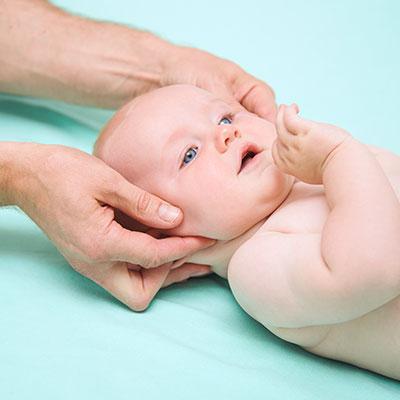Silly Adults, Chiropractic is also for kids!

Birth triggers one of life’s most traumatic experiences. Pediatricians which make initial evaluations of newborns do not possess the training to evaluate specific spinal abnormalities which often occur from a traumatic birth. The negative effects of spinal trauma stemming from the birth process usually go overlooked when using the standard medical care provided for most infants.
Research published in 2006 proved a connection between birth trauma and abnormal spinal health. The author of the study used KISS (Kinematic Imbalance due to Sub-occipital Strain) syndrome to refer to the unwanted condition found in the spine. Chiropractors use the term subluxation. The study involved a series of bullet points describing characteristics in babies who experienced spine and nervous system dysfunction (subluxation) as a result of the birth process. Research determined that key characteristics indicating signs of subluxation included:
- Infants with asymmetrical posture.
- Infants that did not react or cried in frustration when reaching for a favorite toy placed on the side of a neck or spinal problem.
- Infants that were restless, irritable, cried frequently, or had a hard time falling asleep.
- Infants with a history of colic or feeding problems.
- School-aged children which had frequent headaches.
Common complaints became directly associated with subluxations as reported by parents; including: torticollis (89%), reduced head range of motion (85%), neck hypersensitivity (76%), cranial asymmetry (40%), restlessness (24%), forced sleeping posture (15%), uncontrolled head movements (10%), unbalanced arm usage (8%).
The most indicative sign of subluxation during the first year of life presented through asymmetry in posture. The signs of subluxation within 4-6 year old’s include an assessment of clumsiness or slow movements. Some parents notice their children having difficulty in learning to ride a bike or roller skate. The research makes the clear connection that all infants should get their spine evaluated by a Chiropractor after birth, regardless of symptoms.
The area of the upper cervical spine found to be most affected by birth trauma plays a direct role in sensory- motor development in children. A lingering subluxation can play a significant role in altering the growth and development of children into adolescence and young adulthood. Spinal adjustive care corrects subluxations and stops the progression of unwanted physiology. The adjustment of subluxations also led to the disappearance of many problems not reported by parents who were initially unaware that vertebral spine health impacts all organ function. Chiropractors experience these amazing results on a weekly basis. And will continue to advocate for all infants, children, and adults to experience the benefits found in a lifetime of regular Chiropractic care.


